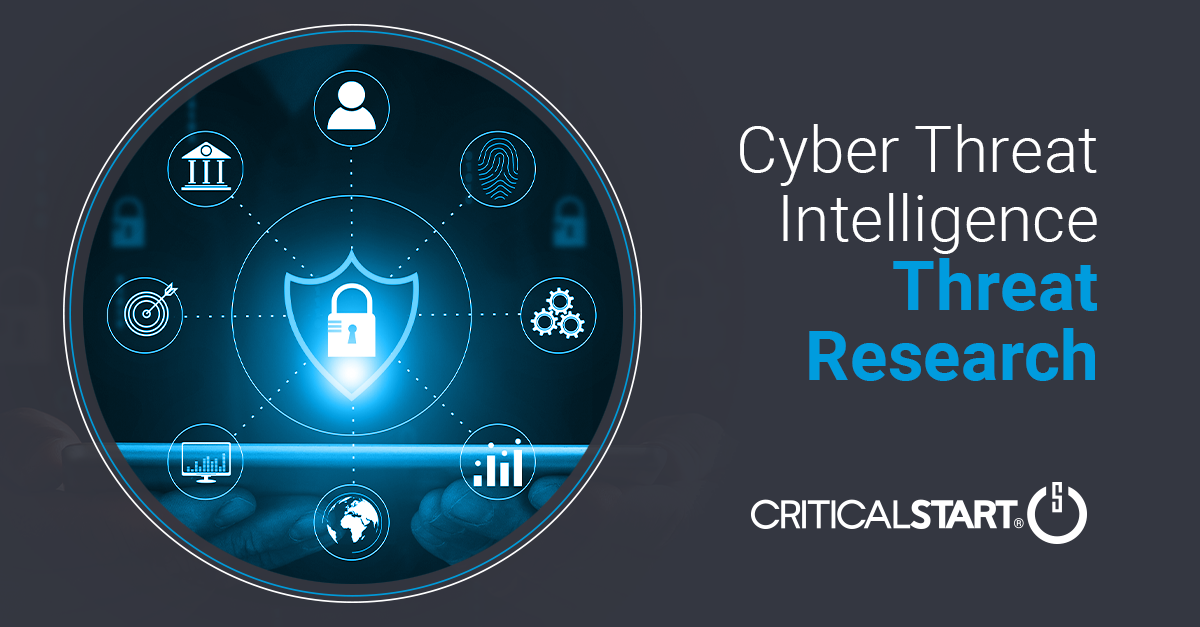Ransomware Attacks on ESXi Servers: A Looming Threat

Background
In today’s digital age, data security is paramount, and one of the most critical components of any organization’s infrastructure is its servers. Among these, ESXi servers, widely used for virtualization, are no exception. They play a pivotal role in managing and organizing virtual machines. ESXi servers, developed by VMware, are the backbone of many organizations’ virtualization environments. They allow multiple virtual machines (VMs) to run on a single physical server, optimizing resource utilization, and reducing hardware costs. However, like any other piece of technology, ESXi servers are not immune to cyberattacks and this consolidation makes them a prime target for cybercriminals looking to deploy ransomware.
The Growing Threat of Ransomware
Ransomware attacks have surged in recent years, emerging as a formidable threat to businesses across the board. As the digital landscape evolves, cybercriminals are quick to adapt their ransomware tactics to leverage new technology trends. Traditionally, ransomware was primarily associated with Windows-powered devices. However, a notable shift has occurred, with cybercriminals increasingly targeting Linux and VMware ESXi hosts.
Recent developments emphasize this shift, as numerous active ransomware groups have placed a significant focus on infiltrating VMware ESXi servers and crafting specialized Linux encryptors specifically designed for this objective. What makes ESXi servers an enticing target for ransomware operators is their efficiency in targeting and encrypting virtual machines. Armed with potent payloads, cybercriminals can swiftly compromise and encrypt fully virtualized infrastructures within minutes, underscoring the speed and efficiency of these malicious attacks.
Additionally, to stay agile and versatile, ransomware operators are now opting to construct their malicious software using programming languages like Rust and Go. These languages enable threat actors to swiftly adjust their malware to various platforms, achieving feature parity across payloads designed for Windows, Linux, and ESXi systems. The utilization of memory-safe programming languages, such as Rust and Go, offers distinct advantages, facilitating faster and more complex encryption methods while providing deeper control over compromised systems.
This collective shift toward ESXi server exploitation reflects a concerted effort by cybercriminals to capitalize on vulnerabilities within ESXi systems. Consequently, organizations must fortify their security measures and take proactive steps to safeguard their virtualized infrastructure against the ever evolving and increasingly sophisticated ransomware threats.
Key Vulnerabilities of ESXi Servers
Remote Access: Many ESXi servers are accessible remotely, making them susceptible to attacks from anywhere in the world. If not properly secured, unauthorized individuals can exploit vulnerabilities to gain access.
Outdated Software: Failure to keep ESXi software up to date can leave servers exposed to known security flaws that ransomware attackers can exploit.
Weak Authentication: Weak or default passwords can be an open invitation to cybercriminals. It’s crucial to establish strong authentication mechanisms.
Protecting Your ESXi Servers
To safeguard your ESXi servers from the ever-present threat of ransomware attacks, consider implementing the following protective measures:
1. Regular Backups: It’s crucial to establish a robust backup strategy for your virtual machines and ESXi configurations. Ensure that your backups are kept in isolation from your network to prevent ransomware from accessing and compromising them.
2. Network Segmentation: Create a secure environment by isolating your ESXi servers from the rest of your network. Employ firewalls and access controls to restrict potential threat exposure.
3. Patch Management: Stay on top of security by keeping your ESXi server and all associated software up to date. Regularly check for security patches and apply them promptly to address vulnerabilities.
4. Strong Authentication: Strengthen your security posture by enforcing robust password policies. Additionally, consider implementing multi-factor authentication (MFA) to add an extra layer of protection against unauthorized access.
5. Security Software: Protect your ESXi servers with the help of endpoint security solutions and intrusion detection systems. These tools monitor and defend your servers against potential threats.
6. Employee Training: Educate your staff about the various tactics employed by cybercriminals, including phishing emails and social engineering techniques. By increasing awareness, you reduce the likelihood of employees inadvertently facilitating ransomware attacks.
7. Incident Response Plan: Develop a comprehensive incident response plan that outlines the precise steps to follow in the event of a ransomware attack. Having a well-prepared response strategy can significantly minimize damage and downtime during a security breach.
By proactively implementing these measures, you can significantly enhance the security of your ESXi servers and reduce the risk of falling victim to ransomware attacks.
Conclusion
ESXi servers are essential components of modern IT infrastructure, but their importance also makes them attractive targets for ransomware attacks. Protecting these servers is not an option; it’s a necessity. By implementing robust security measures, staying vigilant, and having a solid backup and recovery plan in place, you can significantly reduce the risk of falling victim to ransomware and safeguard your valuable data. Remember, the best defense against ransomware is a proactive one.
__________________________________________________________________________
CRITICALSTART® offers a pioneering solution to modern organizational challenges in aligning cyber protection with risk appetite through its Cyber Operations Risk & Response™ platform, award-winning Managed Detection and Response (MDR) services, and a dedicated human-led risk and security team. By providing continuous monitoring, mitigation, maturity assessments, and comprehensive threat intelligence research, they enable businesses to proactively protect critical assets with measurable ROI. Critical Start’s comprehensive approach allows organizations to achieve the highest level of cyber risk reduction for every dollar invested, aligning with their desired levels of risk tolerance.
RESOURCE CATEGORIES
- Buyer's Guides(1)
- Consumer Education(39)
- Consumer Stories(2)
- Cybersecurity Consulting(4)
- Data Breaches(15)
- Data Privacy(43)
- Incident Response(2)
- Interview(51)
- MDR Services(59)
- MobileSOC(6)
- News(5)
- Press Release(101)
- Research Report(9)
- Security Assessments(2)
- Thought Leadership(19)
- Threat Hunting(3)
- Video(1)
- Vulnerability Disclosure(1)
